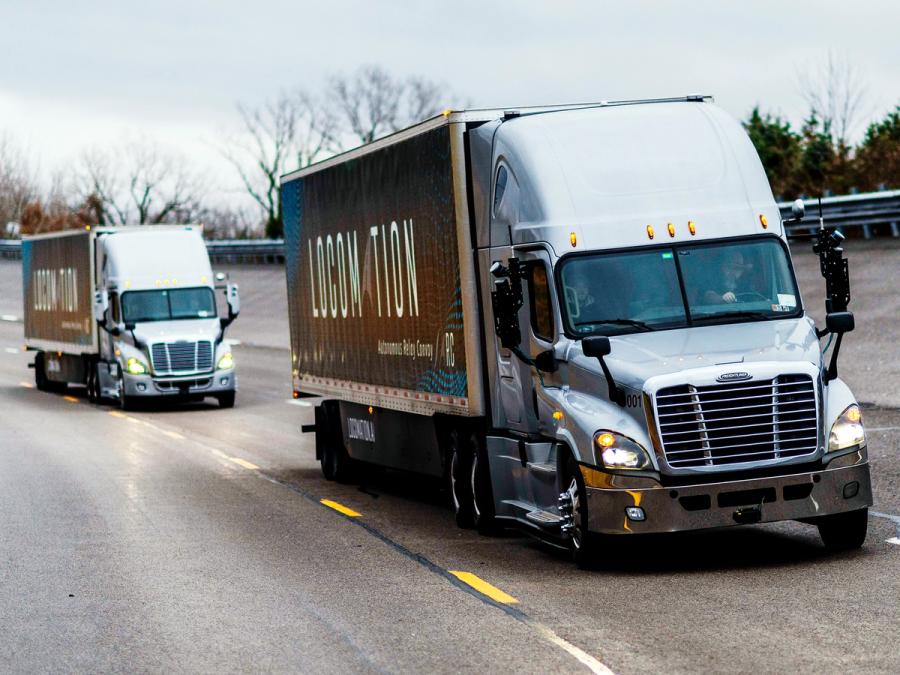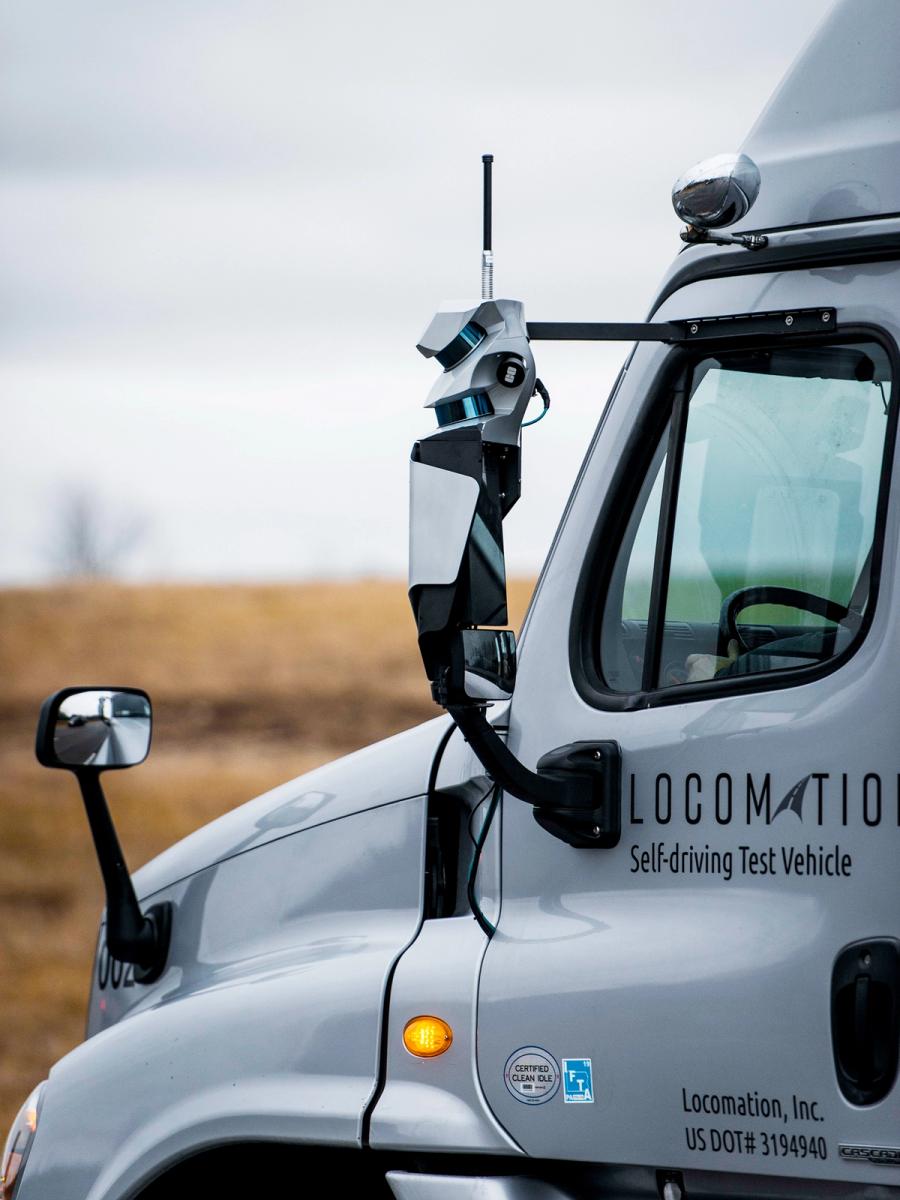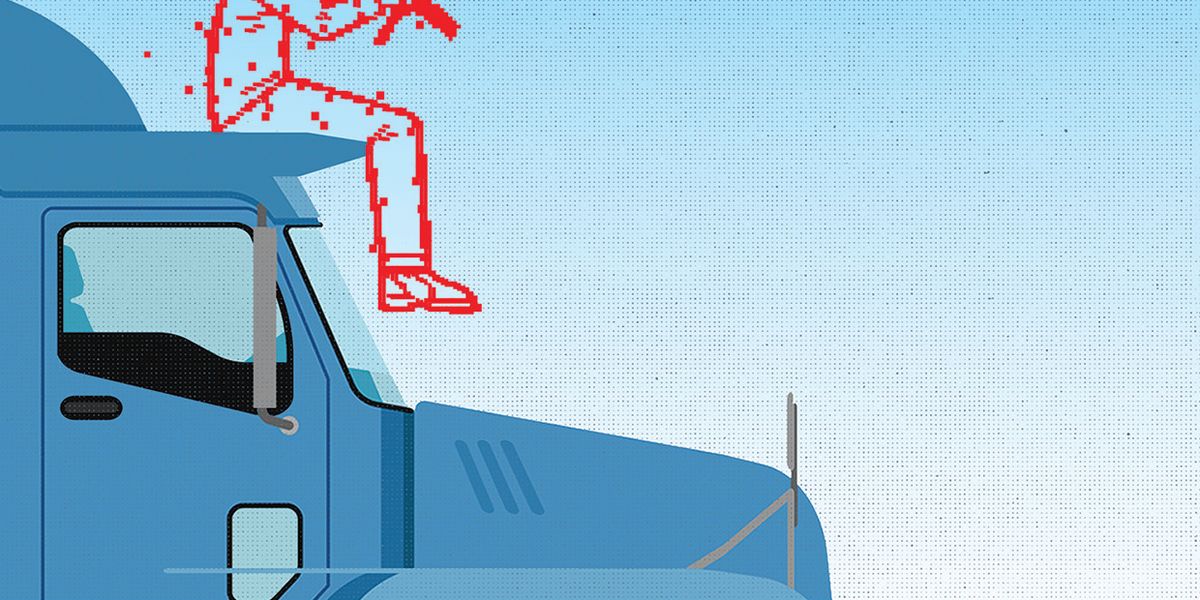Locomation

Locomation vehicles are self-driving trucks equipped with sensors, computers, and a steering system that allows them to drive as a convoy, following a human-driven leader vehicle. By doing so, they can go much longer distances without having to stop. Drivers take turns leading the convoy or resting in the sleeper berth, reducing labor costs and fuel consumption.
- Creator
- Year
- 2019
- Country
- United States 🇺🇸
- Categories
- Features
Did you know?
Locomation trucks helped deliver supplies for the Greater Pittsburgh Community Food Bank during the COVID-19 pandemic.

History
Locomation was founded by five former engineers from Carnegie Mellon University's National Robotics Engineering Center. At CMU they had worked on advanced robotics and artificial intelligence projects, contributing to Mars Rovers for NASA and autonomous vehicle systems for the Defense Advanced Research Projects Agency (DARPA), the Federal Highway Administration, and mining and agricultural companies. In 2018, they left to start Locomation, with the goal of advancing autonomous truck technology, and in particular autonomous truck convoys. Locomation shut down in February 2023.
Specs
- Overview
Each Locomation truck designed as a L4 vehicle. Human-led, two-truck linked convoy model. Autonomy kit on trucks adjustable via software updates.
- Status
Inactive
- Year
2019
- Website
- Width
- 304 cm
- Height
- 405 cm
- Length
- 845 cm
- Weight
- 8165 kg
- Speed
- 113 km/h
- Sensors
Custom configuration of COTS lidars, cameras, radars, INS units.
- Actuators
Custom actuation for steering and brake control.
- Materials
Machined metal and 3D printed parts for sensor fixtures and actuation retrofitting.
- Compute
Ruggedized PC, custom and proprietary safety-rated embedded controller boards.
- Software
Custom autonomy stack.
- Power
1800 W available power in the cab, sensors and computing using approximately a quarter of it.







